JDM vs. European Classics: 𝑾𝒉𝒊𝒄𝒉 𝑯𝒐𝒍𝒅 𝑽𝒂𝒍𝒖𝒆 𝑩𝒆𝒕𝒕𝒆𝒓?
- Get link
- X
- Other Apps
Thinking of investing in a classic car?
Discover whether JDM or European classics hold their value better, based on market trends, rarity, and collector demand.
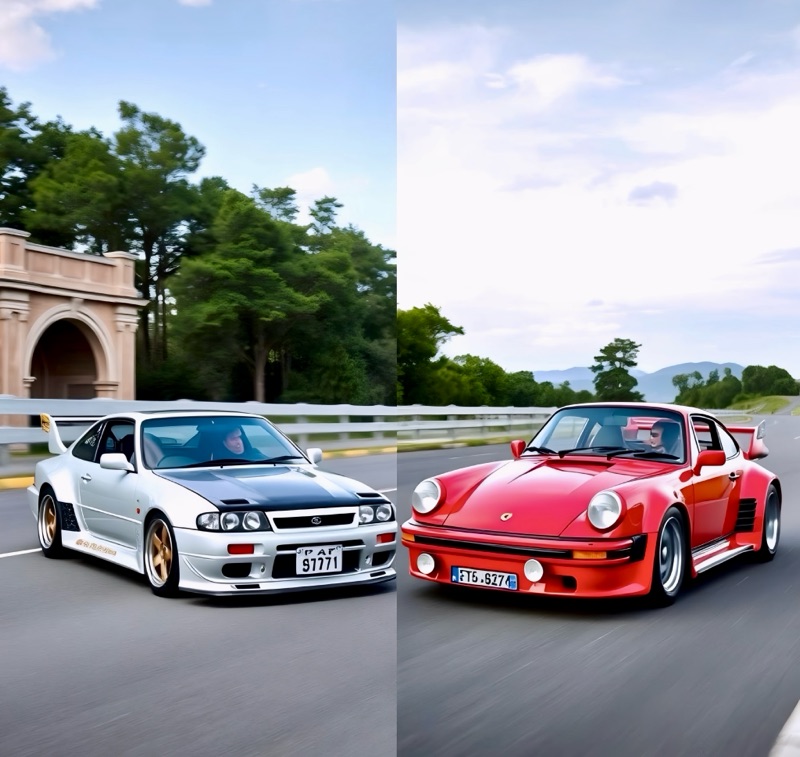
Introduction: East Meets West on the Collector’s Stage
In the world of classic cars, two regions dominate the market: Japanese Domestic Market (JDM) vehicles and European classics. Both camps offer cult icons, collector favorites, and cars that have seen significant appreciation in recent years.
But if you’re looking to buy a car that will hold or grow in value, which is the better bet: a JDM legend or a European icon?
In this article, we’ll compare market trends, value retention, parts availability, collector interest, and long-term appreciation potential to help you make a smart investment.
Defining the Categories: What Counts as JDM or European Classic?
JDM (Japanese Domestic Market)
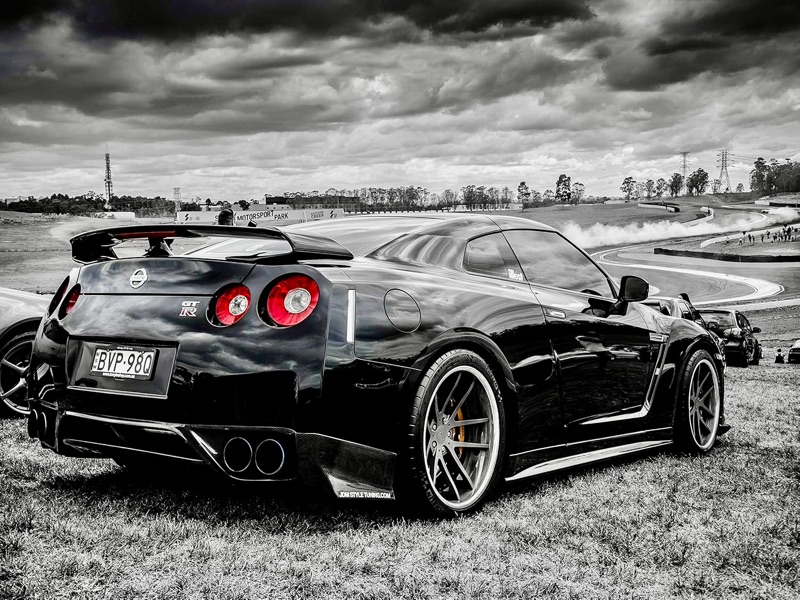
These are cars originally built for sale in Japan, known for their engineering innovation, tuner culture, and tight performance on a budget. Think:
- Nissan Skyline GT-R
- Toyota Supra Mk4
- Mazda RX-7
- Honda NSX (Japan-spec)

European Classics
This category includes German, British, Italian, and French classics, often focused on performance, luxury, or motorsport heritage. Popular examples include:
- Porsche 911 (air-cooled)
- BMW E30 M3
- Jaguar E-Type
- Mercedes-Benz W123/W124
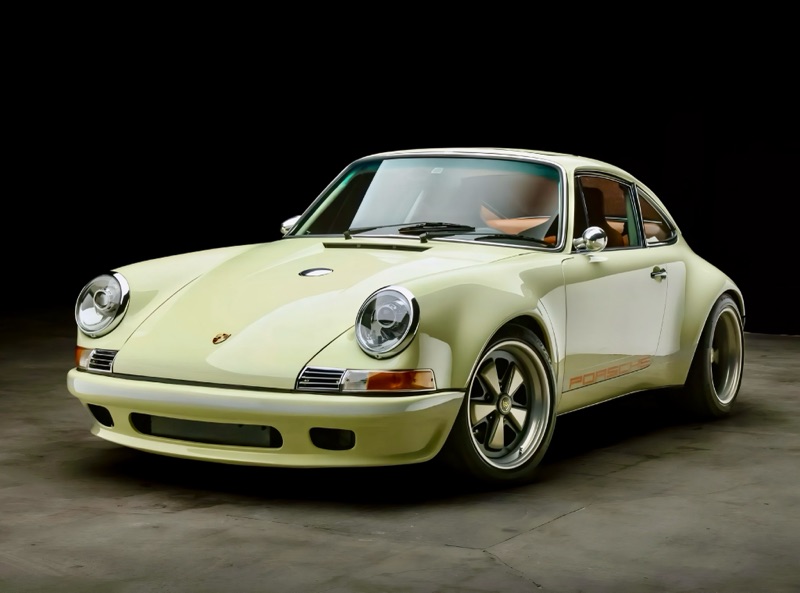
Market Value: Which Segment Appreciates Faster?
📈 JDM Market Trends (2020–2025)
- Average appreciation: 10–15% per year
- Driven by U.S. 25-Year Import Rule (legalizing newer JDM models each year)
- Massive pop culture influence (Initial D, Fast & Furious
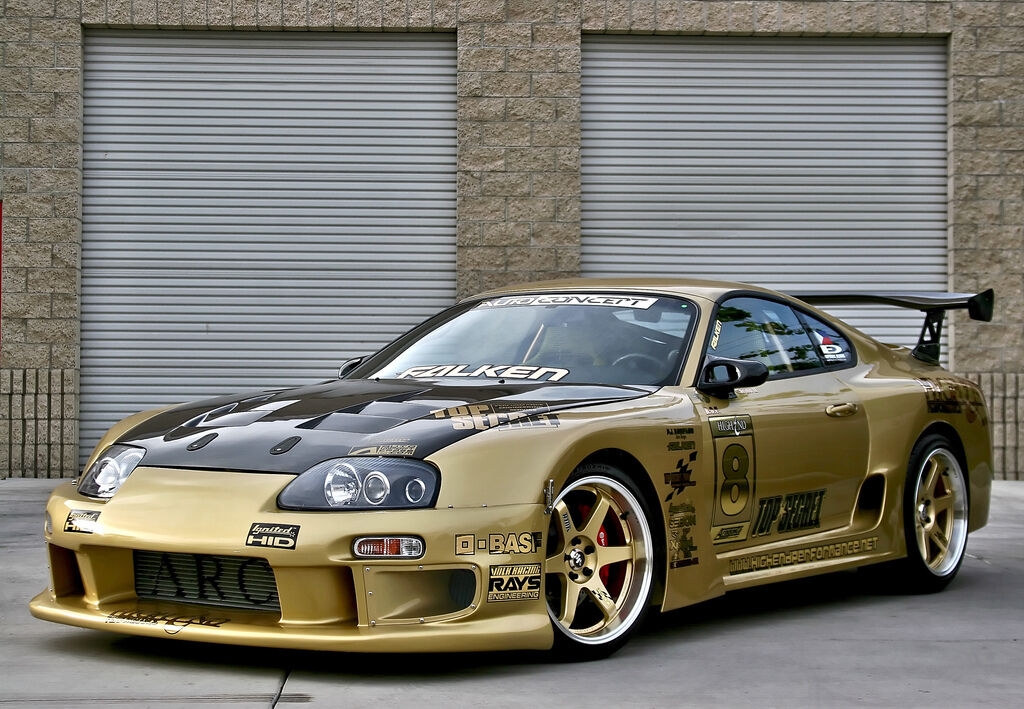
- Example:
- Toyota Supra Mk4 (Twin Turbo, 6MT):
- 2015: ~$40,000
- 2025: ~$130,000+
📉 European Market Trends (2020–2025)
- Appreciation is slower but steady, averaging 5–10% per year
- Older Euro models have longer collector history and stable values
- Example:
- Porsche 911 964:
- 2015: ~$60,000
- 2025: ~$100,000+

👉 Verdict:
JDM classics are currently appreciating faster, particularly rare, turbocharged, and manual models.
Rarity & Production Numbers
| Car | Units Produced | Market Rarity Today |
| Nissan Skyline R34 GT-R | ~11,500 | Very Rare (US just importing) |
| Porsche 911 (964) | ~63,000 | Moderate |
| Toyota 2000GT | 351 | Extremely Rare |
| BMW E30 M3 | ~18,000 | Rare, but many remain |
| Mazda RX-7 FD | ~68,000 | Fewer clean examples each year |
👉 Verdict:
Both categories have rare gems, but JDM rarities (due to fewer exports and stricter Japanese regulations) often hold more mystique in Western markets.
Maintenance and Parts Availability
JDM Cars
✅ Pros:
- Massive aftermarket support (especially for Nissans, Toyotas, Mazdas)
- Vibrant tuning community
❌ Cons:
- OEM parts may need to be imported from Japan
- Some rare models (e.g., 2000GT, NSX-R) have scarce parts
European Classics
✅ Pros:
- Long-standing global support for brands like Porsche, BMW, Mercedes
- Reproduction parts often available
❌ Cons:
- Luxury models (e.g., Ferrari, Jaguar) can be extremely expensive to maintain
- Electronics on 80s–90s European cars can be unreliable
👉 Verdict:
European classics win for parts access, but JDM wins for mod culture and tuning potential.
Enthusiast Community and Collector Demand
JDM:
- Enthusiastic, growing younger audience (under 45)
- Strong online presence (YouTube, Reddit, TikTok, Instagram)
- Rising demand in North America, Australia, and Europe
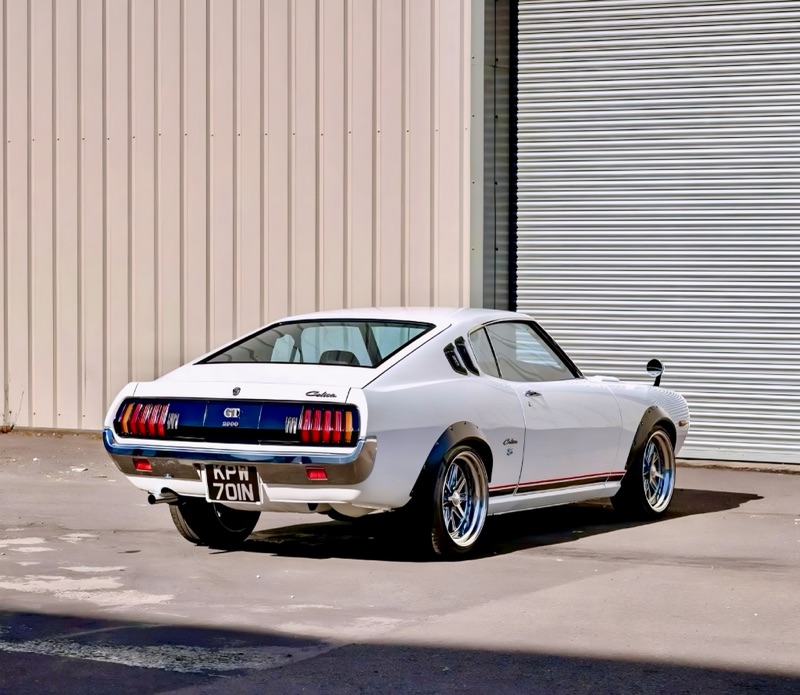
European:
- Older, more traditional buyer base
- Strong collector interest, especially for Porsche and BMW
- High demand in Europe and U.S., but more brand-focused
👉 Verdict:
JDM has stronger momentum with younger generations, which could translate into higher future values as these buyers mature financially.
Insurance and Ownership Costs
| Category | JDM | European |
| Insurance Rates | Moderate to High (imports flagged as high-risk) | Moderate |
| Parts Costs | Variable (aftermarket = cheap, OEM = costly) | Often high for OEM |
| Specialist Mechanic Availability | Low in rural areas | High for major brands |
👉 Verdict:
European classics are easier to own day-to-day, especially in markets with established service networks.
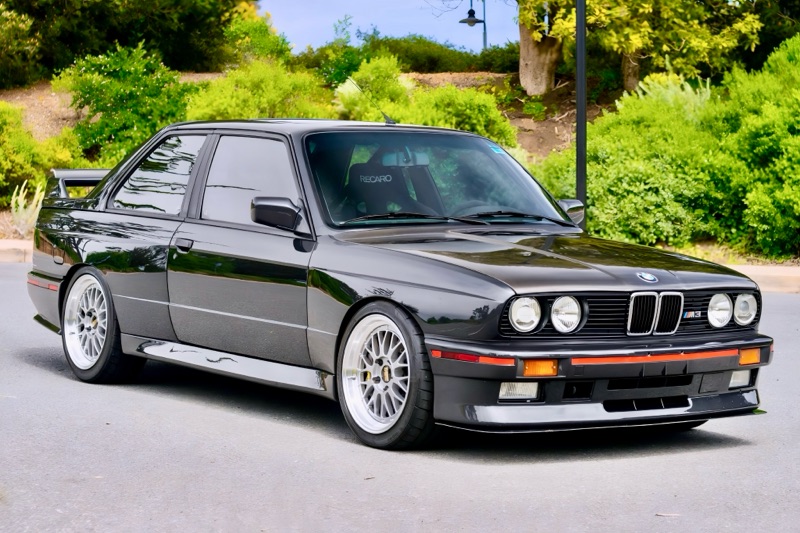
Which Holds Value Better? Final Verdict
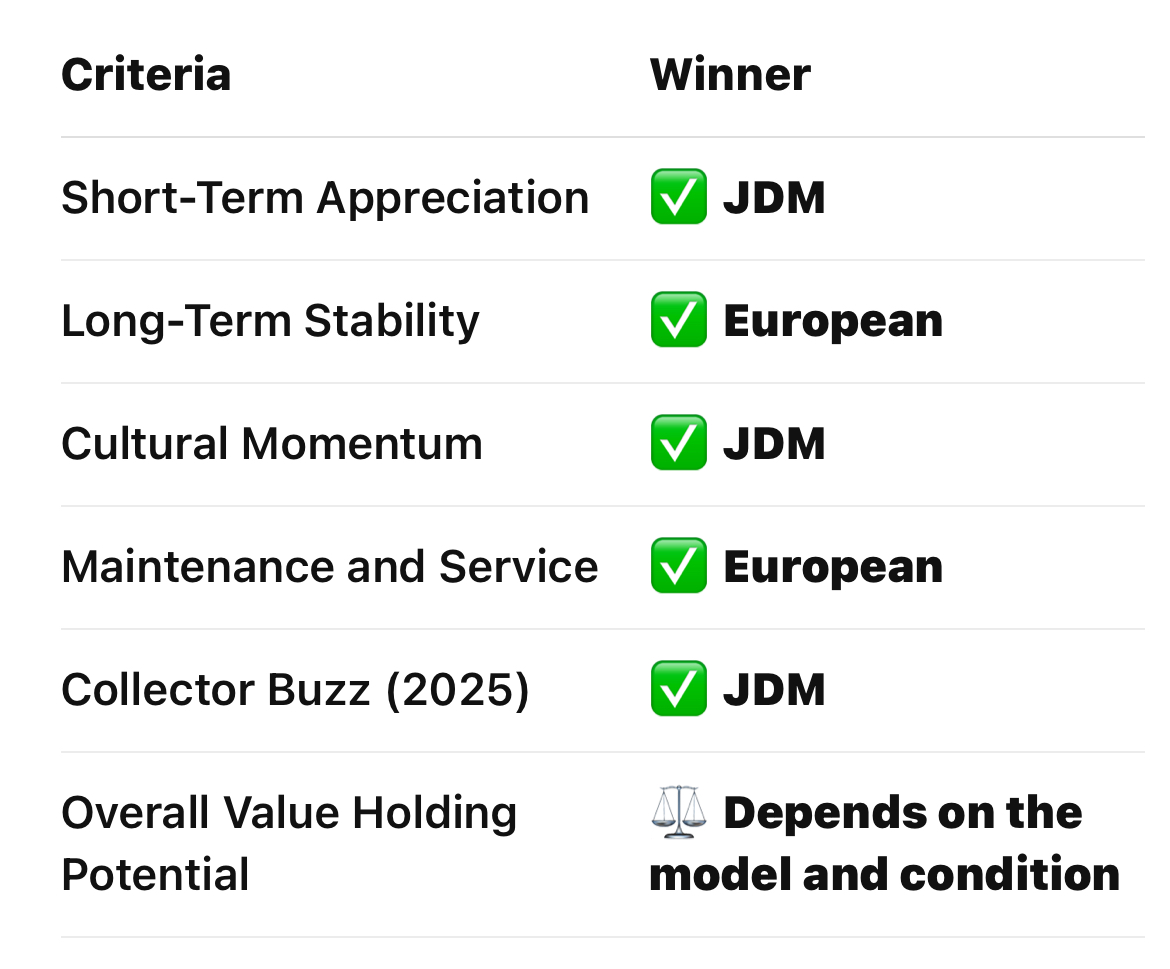
Final Thoughts: Choose the Car That Aligns With Your Goals
- Want fast appreciation, uniqueness, and cultural cool? → Go JDM.
- Prefer heritage, build quality, and long-term stability? → Go European.
Ultimately, the best investment is the one you enjoy driving, maintaining, and showing off. Choose a car you’ll love now—because value tends to follow passion in the classic car world.
- Get link
- X
- Other Apps
Comments
Post a Comment